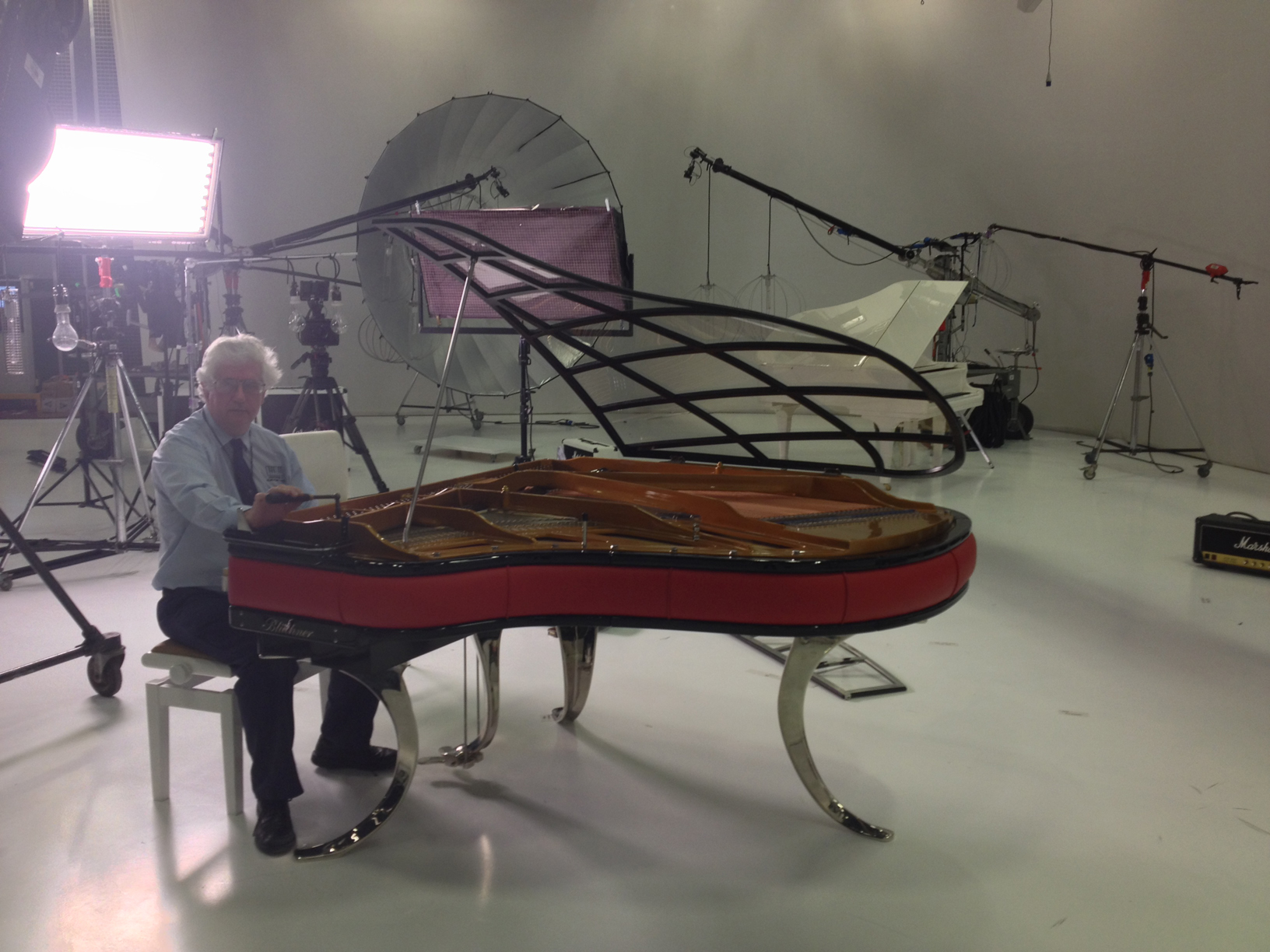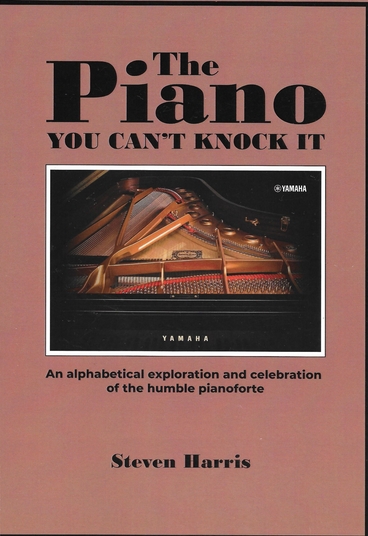I recondition, repair, and tune pianos in the Lancashire area of England. I cover all of Lancashire area, North Manchester, parts of Merseyside and South Cumbria. Why do I cover such a large area? I provide services that other tuners do not and for this reason manufacturers and retailers in the UK use my skills, one of which is one site polyester repairs .
I have been vetted by the Disclosure and Barring Service (DBS) and therefore approved to work in situations with vulnerable adults and children. (Previously known as CRB checks).

Background:
I was trained as a Piano Tuner at RNCB back in the 70s where I received a diploma in piano tuning and repairing. I also obtained my City and Guilds String Instrument Design, String Instrument Repair, and String Instrument Tuning and Toning, parts one and two, in all three City and Guilds. I also completed Action Finishing and Regulating part one. As part of my training in 1978, I spent six weeks at Bentley Pianos on tuning and toning and one day a week out of the six in the action finishing and regulating department. During that same year, I was awarded the clothworkers' prize for the highest exam pass for City and Guilds for all of the UK. In 1979, I spent time at Kemble-Yamaha on voicing and toning. In 1979, I received the Layton prize for best piano repairer, and that prize was awarded to me byHRH the Prince of Wales. In 1980, I started to work for Hunt's Pianos in Darwen, at the time the largest restoration/wholesaler in the UK with over 2,000 pianos in stock at any one time. The following year I was promoted to head technician among five technicians and two apprentices. In November 1986 I set up my own workshop and tuning round, since them I have attended technical refresher
These are some of the towns and villages I cover (please see the map below):
Lancashire Towns and Villages




